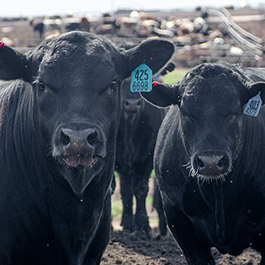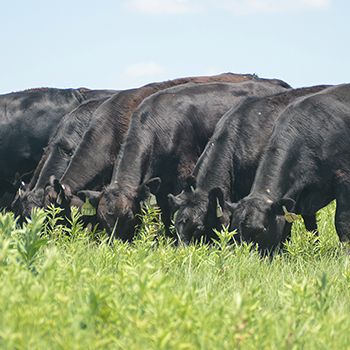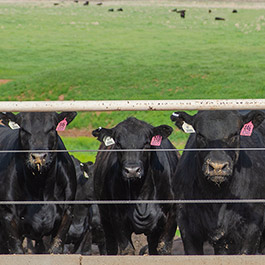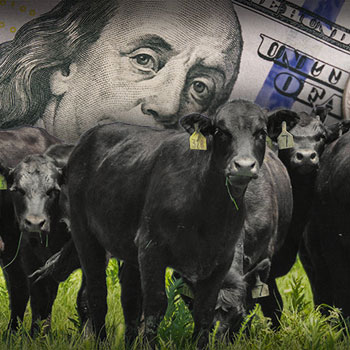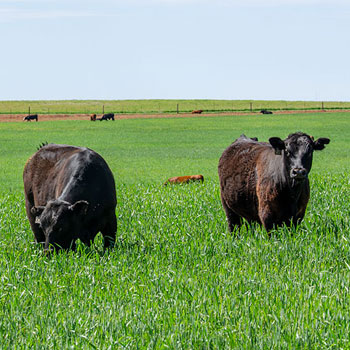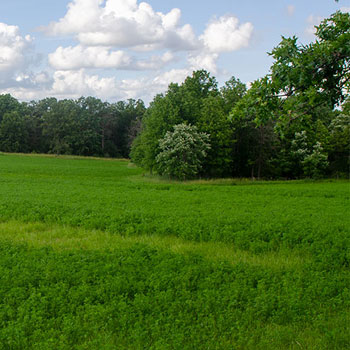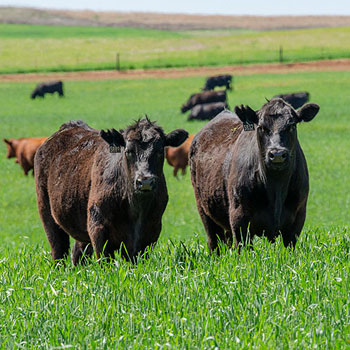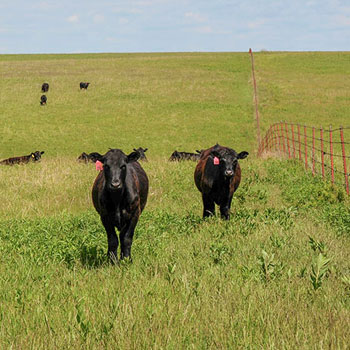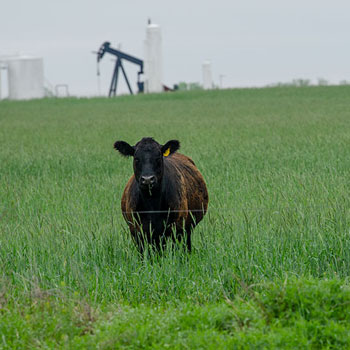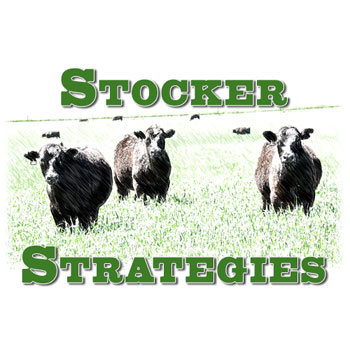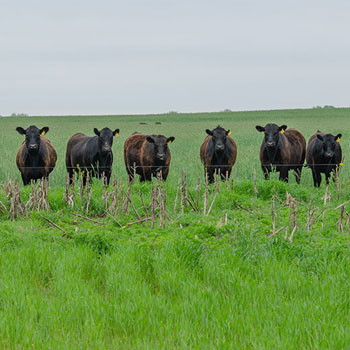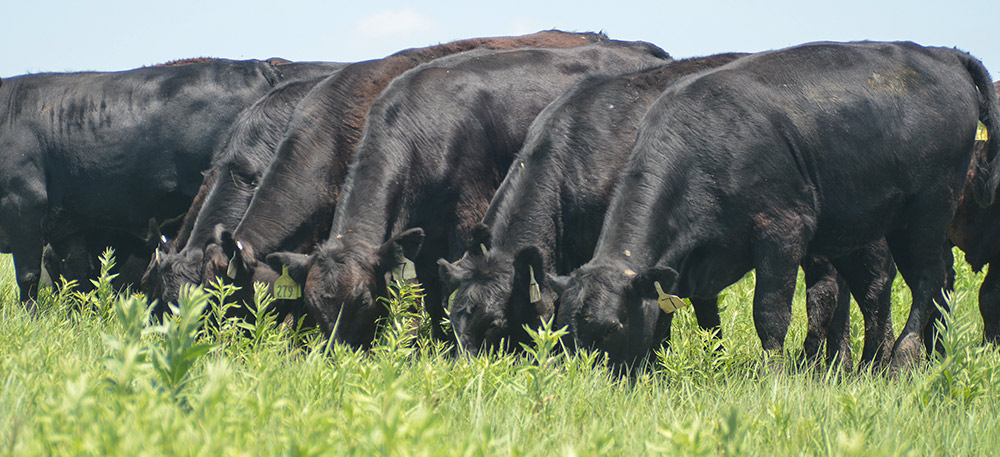
Intentional Forage & Grazing Management
Think about the three P’s of grazing management.
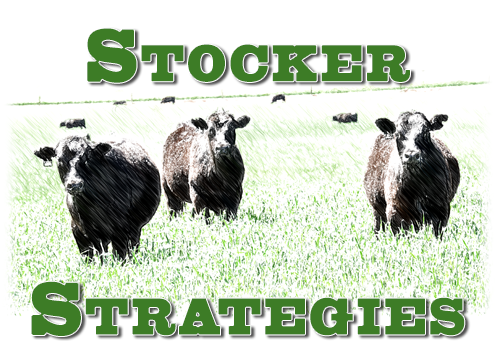
Intentional management is premeditated, preplanned and purposeful. Hugh Aljoe believes it is their intentional management that sets the most successful managers apart from the rest of the pack. At the 2020 Cattle Industry Convention in San Antonio, Texas, Aljoe encouraged a Cattlemen’s College audience to be more intentional. He and fellow Noble Research Institute Pasture and Range Consultant Jeff Goodwin shared advice for becoming more intentional about managing a grazing enterprise.
According to Aljoe, intentional managers routinely inventory their resources, including their forage base, cattle and personnel. They are deliberate about choosing appropriate stocking rates that fit forage availability, moisture situations and other contributing factors. Intentional managers know how they will market their product. They keep records. They have goals and develop plans for reaching them.
Goodwin reminded producers that soil forms the foundation of any farm or ranching operation, but he fears the only time some producers look at their soils is while digging post holes. Goodwin advised the audience to get more into soils and realize there are different soil types with different capabilities and limitations. He recommended that producers develop a soil assessment plan. He also recommended the web soil survey tool offered, at no cost, by the USDA Natural Resources Conservation Service (NRCS).
“It will allow you to digitally map your property by soil type and help you apply targeted management practices where you’ll get the most bang for your buck,” said Goodwin, adding that chemical analysis of soils, for organic matter, minerals and pH reveals valuable information describing a soil site’s production capability.
Soil health cannot be built up or even maintained without proper management of the forages growing there. He advised grazing managers to plan for the time of grazing, the intensity (stocking rate), the duration (length of grazing periods) and the frequency of grazing. Good grazing management leaves sufficient residual plant material following each grazing period and allows each pasture ample time for rest and recovery.
“Make a plan and then assume you’re wrong, because you will be,” grinned Goodwin. “Seldom does ‘normal’ happen. Make your plan, apply sound grazing management and monitor conditions. Then you adjust the plan as needed,” said Goodwin, explaining that drought or excess rainfall, hail or snow and ice might interfere with the plan and prompt adjustment. Events might create the need to destock; but, on rare occasions, an unexpected abundance of forage might create opportunity to increase stocking rate.
Aljoe concluded by reminding the audience that the most successful managers intentionally make time to plan. They are successful because they do what other producers are unwilling to do.
“And they never stop looking for a better way,” added Aljoe. “They’re always trying to get better.”
Editor’s note: Troy Smith is a cattleman and freelance writer from Sargent, Neb. Photo by Kasey Brown.
